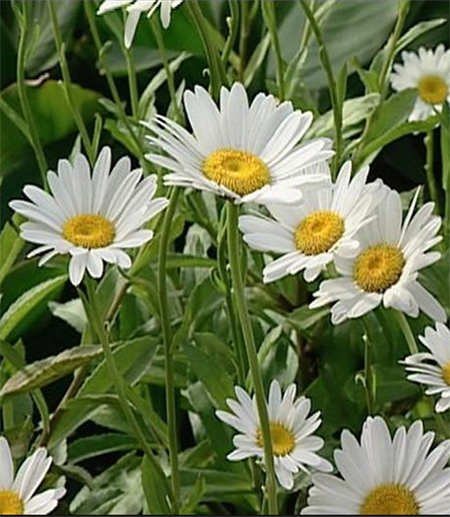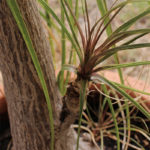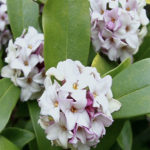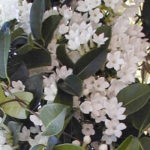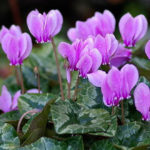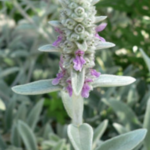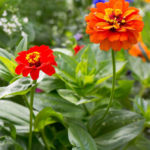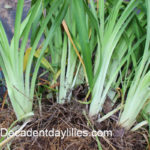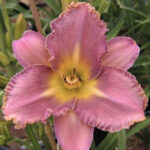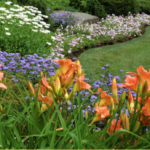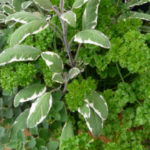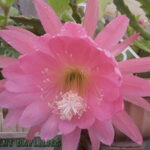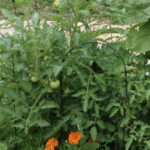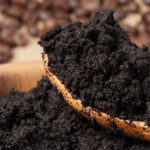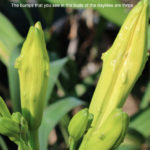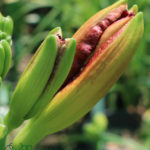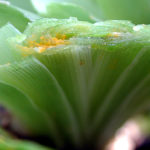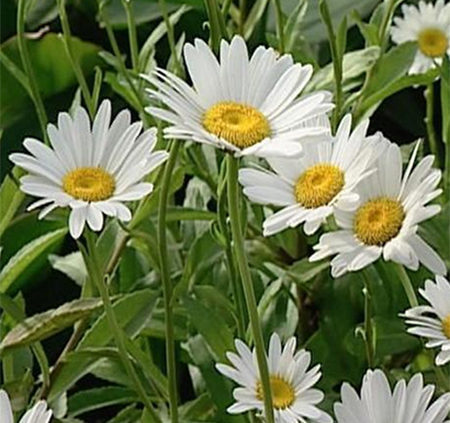
Shasta Daisies Planting and Care
Shasta Daisies Planting And Care Of Shasta Daisies
Shasta Daisies are flowering perennials with the botanical name leucanthemum x superbum. They have evergreen paddle leaves with white daisy flowers, some with a golden disc centre. Other new varieties are semi double or displaying double white flower heads, smothered with so many extra petals giving the flower a shaggy appearance. The flowers appear during summer through to autumn. Shasta daisies are produced in clumps and the plant grows to a height of 2 -3 feet with a spread to 1-2 feet wide. They make good flowers for cutting and for creating mixed borders or as container plants.
How to Grow and Care for Shasta Daisies
If you are expecting good blooms from shasta daisies, take care to plant them in full sun and fertile soil. You need to prepare the soil properly to ensure good drainage. Loosen the soil and add compost or any organic material to make the garden beds fertile. If you want to have a good display of flowers year after year, you need to divide and replant the basil cuttings
every second or third years as the shasta daisies are known to multiply rapidly and can get too congested.
Shasta daisies multiply by layering themselves when each stem touches the ground the plant will take root and form a new plant with a complete new root system. Though these plants can do well even in lightly shaded areas, they cannot withstand soggy ground that has been over watered. They are a hardy plant that can stand to dry out between waterings. It is good to space the plants at least 1-2 feet apart when they are originally planted and in no time this plant will fill up the gaps. Make sure that the root ball of the plant is level with the ground. Water the plant thoroughly after planting.
Sowing seeds in containers is usually done in early spring or during late summer. When starting from seeds the preferred temperature at indoor is 75-900 F. Seeds germinate fast in warm and humid climate. The seedlings are ready to plant in an outdoor area when the temperature is above 500 F.
Plant care for Shasta Daisies
This is a plant which needs minimal care once planted.
- You need to deadhead the flowers now and then to encourage abundant blooming.
- Deadheading helps in inhibiting seed production and stimulating the production of new branches.
- When flowering stops or after the first frost, cut the foliage heavily and keep only 1-2 inches of stem above the soil level.
- Once planted these daisies can colonise and can produce blooms for a few years.
- Water the plant during the summer if the rainfall is very low.
- Add compost or mulch to the soil during spring to control weeds and to provide the nutrients.
- In every 2-3 years, divide the plants to keep the perfect growth and flowering.
Reasons for Shasta Daisy not flowering
If your Shasta daisies are not flowering, there may be some problems in the way that you care for the plant. Shasta daisies require proper pruning and deadheading regularly to make more blooms. If you are not deadheading the flowers, the plant will start producing seeds and this will reduce flower production. If the plant is overgrown or if the plant is not healthy and not produce flowers, then it is time for periodic division of the plant. Providing fertilisers that are heavy in nitrogen content can reduce blooming. You should use compost or blood and bone or low nitrogen fertiliser to feed these plants. Allow the soil to be dry in between watering and prevent the frost from damaging the buds.

